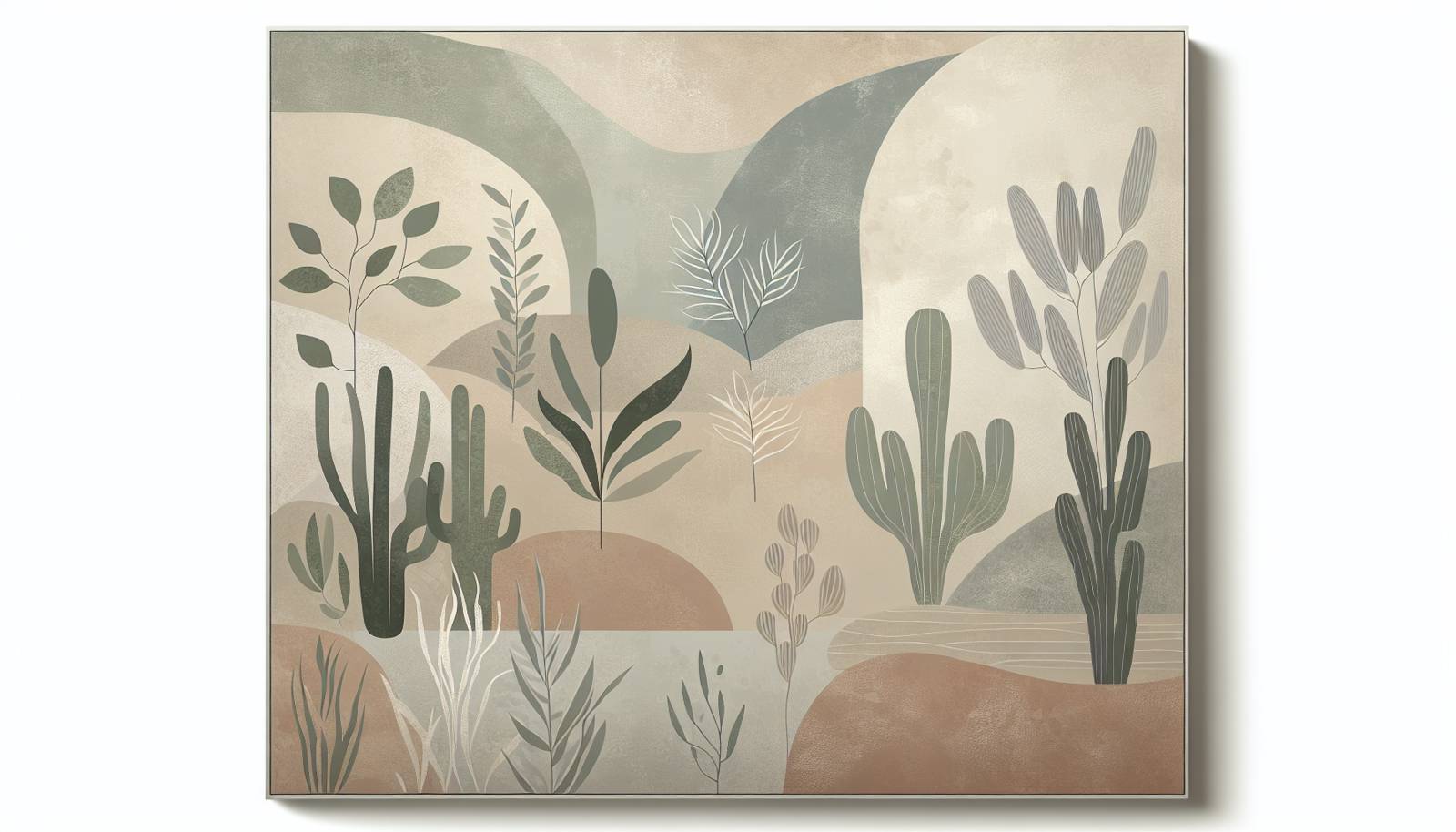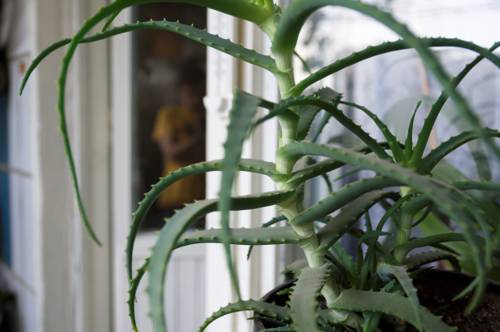
FAQ About Indoor Xeriscaping Techniques

What is indoor xeriscaping?
Indoor xeriscaping refers to the practice of designing and maintaining indoor plant arrangements that require minimal water. It utilizes low-water-use plants and incorporates techniques to promote water conservation. This method is particularly useful in areas with limited water resources and for individuals looking to minimize water usage in their homes.

What are the benefits of indoor xeriscaping?
Indoor xeriscaping offers several benefits, including reduced water consumption, lower maintenance requirements, and the ability to create a sustainable home environment. By using drought-tolerant plants, you can enjoy greenery without the constant need for watering. Additionally, these plants often contribute to improved air quality and can enhance the aesthetic of your living space.

Which plants are suitable for indoor xeriscaping?
Several plants are well-suited for indoor xeriscaping, including succulents like aloe vera, jade plant, and cacti. Other options include snake plants, ZZ plants, and rubber plants. These plants are adapted to dry conditions and can thrive with minimal watering.

How often should I water my indoor xeriscape plants?
The frequency of watering indoor xeriscape plants depends on several factors such as plant type, climate, and humidity levels. Generally, these plants should be watered sparingly—only when the soil has completely dried out. For most xeriscape plants, this could mean watering every 2-3 weeks.

Can I create a xeriscape with a variety of plant types indoors?
Yes, you can mix different types of low-water plants to create an indoor xeriscape. Combining a variety of textures and colors from succulents, cacti, and other drought-resistant plants can add visual interest and diversity to your space while keeping water use low.

Do indoor xeriscape plants need special soil?
Yes, indoor xeriscape plants generally need well-draining soil to prevent water retention, which could lead to root rot. A cactus or succulent soil mix is often recommended as it provides the drainage these plants require.

How can I design an indoor xeriscape garden?
To design an indoor xeriscape garden, start by selecting a variety of low-water plants that appeal to you. Use containers that allow for proper drainage and arrange the plants with consideration to their light and water needs. Incorporating features like decorative stones or mulches can enhance the garden's appearance and help retain moisture in the soil.

Are there any common mistakes to avoid in indoor xeriscaping?
Common mistakes in indoor xeriscaping include overwatering, using non-draining soil, and selecting plants that are not truly drought-tolerant. Neglecting light requirements and failing to set up proper drainage can also hinder the success of your xeriscape.

Can indoor xeriscape plants improve air quality?
Yes, many indoor xeriscape plants can improve air quality. Plants such as snake plants and spider plants are known for their ability to filter pollutants and release oxygen, contributing to a healthier indoor environment.

Is indoor xeriscaping suitable for all climate zones?
Indoor xeriscaping is suitable for all climate zones because it is practiced indoors where environmental conditions can be controlled. This makes it a great option for conserving water while maintaining greenery regardless of the outdoor climate.

What kind of lighting do indoor xeriscape plants need?
Indoor xeriscape plants generally require bright, indirect light to thrive. However, specific needs vary depending on the plant species. For instance, succulents and cacti prefer more direct sunlight, while others like snake plants can tolerate lower light conditions.

How can humidity affect indoor xeriscaping?
Humidity levels can significantly affect indoor xeriscaping because most xeriscape plants originate from arid climates and prefer drier air. High humidity levels may increase the risk of fungal diseases or rot, so it is essential to monitor and adjust humidity as needed to maintain plant health.

Are there tools or technologies that aid indoor xeriscaping?
Several tools and technologies can aid indoor xeriscaping, including moisture meters to accurately measure soil water content, self-watering pots, and grow lights for providing adequate illumination. These tools help ensure the right conditions for plant growth while minimizing water use.

How do I transition my existing indoor plants to a xeriscape setup?
Transitioning to a xeriscape setup involves gradually reducing watering frequency, ensuring proper drainage, and possibly changing the soil to a well-draining mix. Slowly acclimate your plants to the new conditions to prevent shock, and consider replacing water-intensive plants with drought-tolerant varieties.

What are some design tips for aesthetic indoor xeriscaping?
To achieve an aesthetically pleasing indoor xeriscape, focus on the arrangement of different plant shapes, sizes, and colors. Use decorative containers, integrate stones or sand, and vary the heights and layers to create visual interest. Choosing a theme can also provide cohesion to the design.

Can I use artificial lighting for indoor xeriscape plants?
Yes, artificial lighting such as LED grow lights can be used to support the growth of indoor xeriscape plants. These lights can simulate natural sunlight and are particularly useful in areas lacking sufficient natural light.

Do indoor xeriscape plants attract pests?
While no plant is entirely immune to pests, xeriscape plants are less likely to attract them due to their dry conditions and minimal watering. However, it's still important to regularly check for common pests like spider mites and scale insects, and take appropriate measures if needed.

How do I maintain my indoor xeriscape garden?
Maintenance of an indoor xeriscape garden requires occasional watering, ensuring proper lighting, and keeping the plants free of dust or pests. Trimming dead leaves and periodically checking soil moisture levels are also essential tasks to keep your xeriscape healthy.

Is indoor xeriscaping cost-effective?
Yes, indoor xeriscaping can be cost-effective over time. Although there may be initial costs for purchasing plants and necessary tools, the reduced water usage and lower maintenance needs result in savings on water bills and upkeep expenses over time.

Where can I learn more about indoor xeriscaping techniques?
To learn more about indoor xeriscaping, consider resources such as gardening books specializing in drought-resistant plants, online forums, and workshops offered by botanical gardens. Websites dedicated to sustainable living can also provide valuable information and tips.
